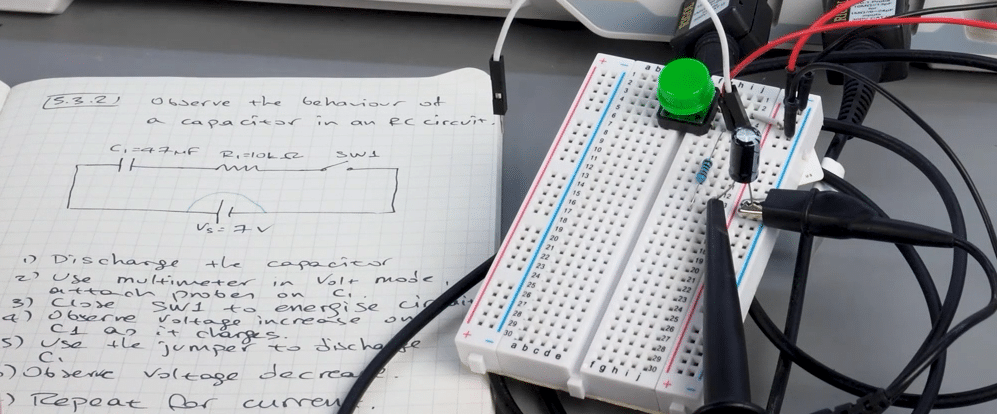A few physical Laws are essential for understanding and designing electronic circuits. I'll mention a few here, but don't worry about understanding them, as we'll do that later in this course. For now, I only want to give you a preview of what is coming up.
Key principles govern the behavior of electronic circuits, such as Ohm’s Law, which relates voltage, current, and resistance, and the concept of direct and alternating current (DC and AC). Direct current is electricity flowing in one direction, while alternating current changes direction periodically.
Another key law in electronics is Kirchhoff's Law, which is actually two Laws: Kirchhoff's Current Law (KCL) and Kirchhoff's Voltage Law (KVL). KCL states that the total current entering a junction equals the total current leaving the junction. KVL states that the sum of all electrical potential differences around a loop is zero. These laws are essential for analyzing complex circuits.
I also want to mention semiconductor physics, because these physics form the foundation of modern electronics. Materials like silicon have electrical properties that can be altered by adding impurities, a process known as doping. This allows the creation of components like diodes and transistors, which are integral to electronic devices.
Transistors are semiconductor devices that can amplify or switch electronic signals, and integrated circuits integrate multiple electronic components on a single chip, dramatically enhancing the functionality of electronic devices while reducing size and cost. Virtually any modern electronic device more complex than a flashlight depends on semiconductors, and modern life itself would not be possible without the transistor.
Circuits can range from the very simple, like a flashlight, to the very complex, like a processor.

